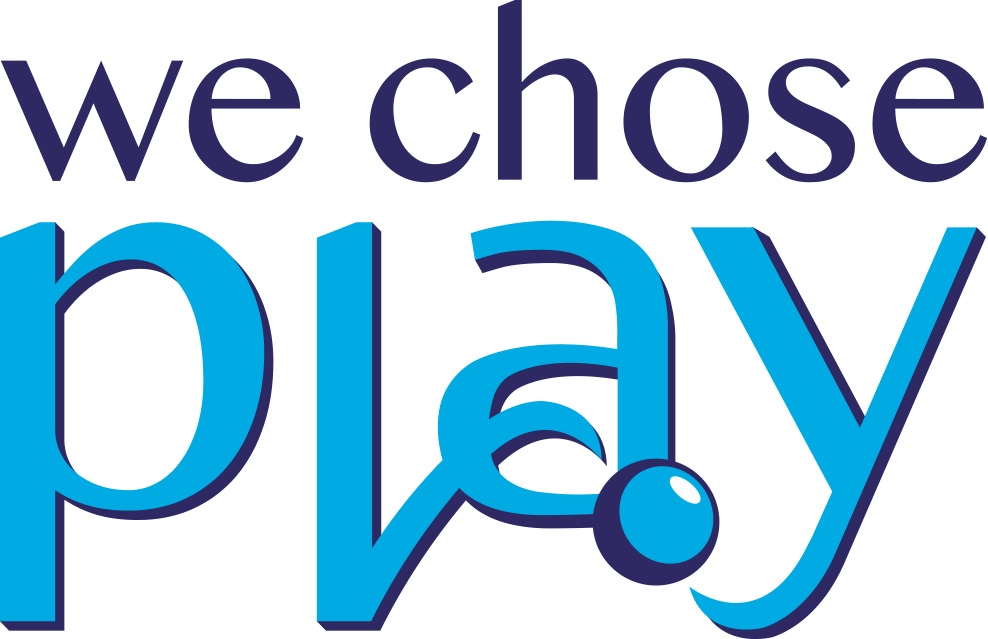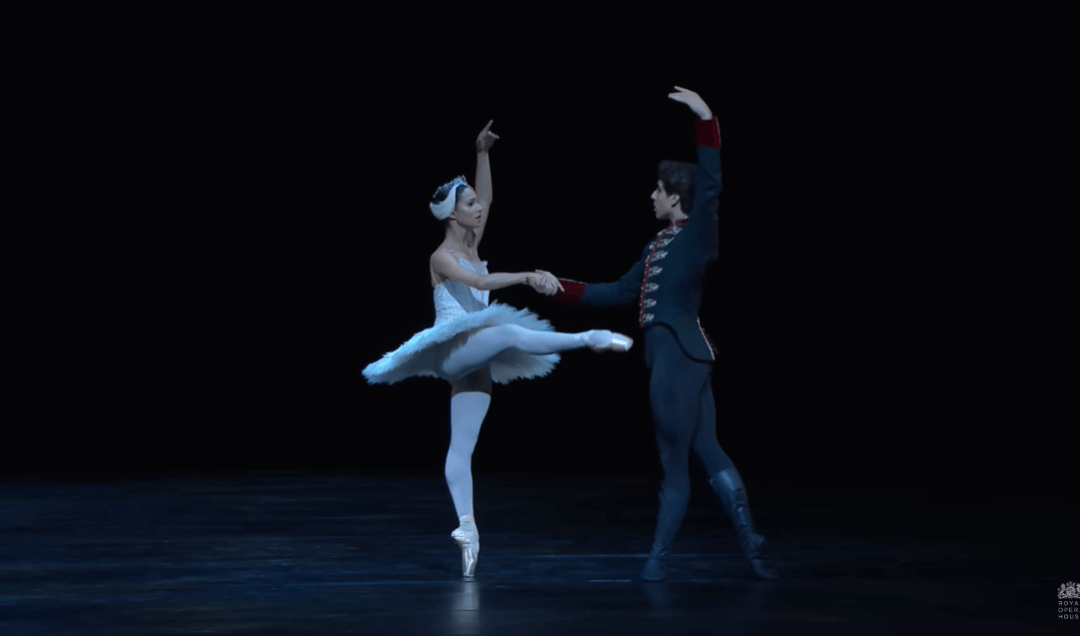Photo credit: Royal Opera House
This Week’s Podcast
This episode, I bring you the live recording we did at the International Council on Development and Learning (ICDL) 2023 International DIRFloortime Conference where I interviewed Dr. Ira Glovinsky who is a Clinical Psychologist in Michigan at The Glovinsky Center for the Child and Family, using a Developmental, Individual differences, Relationship-based (DIR) framework. We discussed the component parts of a Relationship, including the interoception that accompanies the development of a Relationship, and how disruption or discord in any component aspect of the Relationship influences its development, and how to tune into these inner signals, including the role of sensory experiences in this process.
Revisiting the ‘R’: Hidden regulators in the development of relationships
How does a Relationship develop?
The ‘R’ in the DIR Model stands for Relationship. Ira began by describing that the Diagnostic and Statistical Manual (DSM V) will describe behaviours or characteristics that categorize people into diagnoses, but that each person may only have a subset of these characteristics. Yet, all people in a particular category are ‘treated’ in a similar manner.
If you look up the word ‘Relationships‘ in the Research Domain Criteria (RDoC), you will find a matrix that starts with genes and goes to molecules to cells to circuits to physiology to cognition to emotions to social to developmental and to environmental, Ira shares. This is how a Relationship needs to be looked at, Ira posits, but we’re not there yet, he says. He would love to get this into training programs because we need to understand a lot more to understand the people we work with, he states.
Ira also talked about a Relationship starting with an instantaneous feeling that you have in the presence of another person. Your body is giving you signals, he says. It is a visceral feeling.
In the absence of Relationship
Next, we viewed this video of ‘Genie’. She was a girl who was raised without human contact, and you can see the odd characteristics she developed. We also referred people to google René Spitz videos on hospitalization and Romanian
orphanage videos for more examples of what happens in the absence of Relationship. Ira stated that these are extreme examples and that, of course, in most of the cases we witness, you do not see someone this extreme.
Components of Hidden Regulators
Ira shared that he thinks about Relationship in the same way that he thinks about attachment. In referencing the work of Myron Hofer, M.D. at Columbia University, he described the umbrella of attachment that has the following spokes: body temperature, mother giving milk, activity level, etc. that regulate the baby. Similarly, he thinks of the hidden regulators as the spokes of the Relationship umbrella that include Attunement, Synchrony, Contingency, Co-regulation, and Marking.
Ira thinks about how these components affect our sensory experience including our Interoception. You can be on or off in any of these components and it affects the development of the Relationship, he explains. We tend to use language and focus on the cognitive concepts explicitly with words, rather than getting concepts from our inner experiences in a Relationship. We miss the ‘body’ piece, Ira says. We miss the part about the visceral experience.
Examining the Relationship
Dr. Glovinsky illustrates his point by sharing part of a video of Swan Lake where two dancers demonstrate all five components of the Relationship that he described earlier. Ira talked us through the entire video and said that he shares this with parents in his practice. At first, parents often wonder what this has to do with their child. Once Ira talks them through it, as in our podcast recording, they understand his point.
Ira shares that people tend not to look at all of the components of a Relationship at the same time. They might read a chapter on just Attunement, or one on Synchrony, for example. We want to look at all of the components when examining a Relationship, he says.
Accessing the ‘R’
Developmentally, when in utero, the fetus senses the mother’s diet, movement, noises, and voice, etc. It’s in infancy where the spokes of the Relationship come up. In childhood, the child is adapting the environment to their Individual differences (‘I’ in DIR) when it is not meeting their needs. Our Individual differences help us find a sense of safety, Ira says, and is relative to each person and each body.
Ira also discussed the importance of touch and the early body relationship between the mother and baby, which is like the ground floor for what a Relationship will be like for that baby. That initial touch experience gives both partners signals of tension, stress, calm, and comfort to start the Relationship, Ira explains.
A Sense of Safety and ‘Signals’
Dr. Glovinsky also talked about how considering the spokes of ‘safe’, there’s nobody on this planet who can tell someone when they are safe. You feel safe when you feel safe. Our autonomic nervous systems register if we feel good around someone else. Ira had read a book, years ago, edited by Dr. Joan Borysenko that spoke about Relationships and the effect of stress, and ‘auras’ that are around us. It talked about how we pick up chemical/electrical signals from people who we are with.
Ira’s first response was that he should put this book down because it was way out there, but then he read the book The Chemistry Between Us that talked about how there is a chemistry between two people that is felt. You can feel very authentic around one person, where with another, you just don’t ‘click’. We have to pay attention to this in our Relationships, Ira says.
This gets into Selma Fraiberg’s work of Ghosts in the Nursery. Each of us carries our history with us 24 hours per day, Ira explains. When we interact with another person, our histories are interacting with their histories, and that’s translated into body signals that we may not have paid attention to that will affect how we relate to this other person, and to how we parent our children. Our histories affect the Relationships we are in, Ira restates.
Bodies and cells talk to each other, and we feel things viscerally that get translated into thoughts, Ira explains. I added that Autistic Self-Advocates often say they are only disabled by their environment, and ‘environment’ can be the chemistry they feel with another person they’re interacting with.
How do you foster a better relationship?
Ira says that when you look at a Relationship, you want to identify at which of the component parts the problem is at. Each of the component parts of Attunement, Synchrony, Contingency, Co-regulation, and Marking each have spokes themselves: rhythm, tempo, pacing, intensity, etc., and he referred to the Pas de Deux example.
Ira continued that we run into the same problem with ‘Relationship’ as we do with ‘Attachment’. He talked about holding Co-regulation in mind rather than flooding a child with input or not giving enough input. We remember experiences by highlighting them (i.e., Marking).
Relationships are Complex!
In summary, Ira states that we can’t put people into boxes. Talking about ‘Relationships’ or ‘Diagnoses’ in isolation is limited in helping us understand complex human behaviour, so let’s instead use the term ‘Complexity’, he says.
This week’s PRACTICE TIP:
This week let’s pay attention to the components in our Relationships with our children!
For example: Do you notice if something feels a bit off? Go through the components of attunement, synchrony, contingency, marking, and co-regulation to see if you can tweak and of them.
Thank you to the International Council on Development and Learning (ICDL) for allowing me to publish our presentation from the 2023 International DIRFloortime Conference and to Dr. Ira Glovinsky for being my guest for this live recording of the Affect Autism podcast! We hope you found it very enlightening and helpful in your relationships with your children and/or clients. Please consider sharing this post on social media.
Until next time, here’s to choosing play and experiencing joy everyday!



